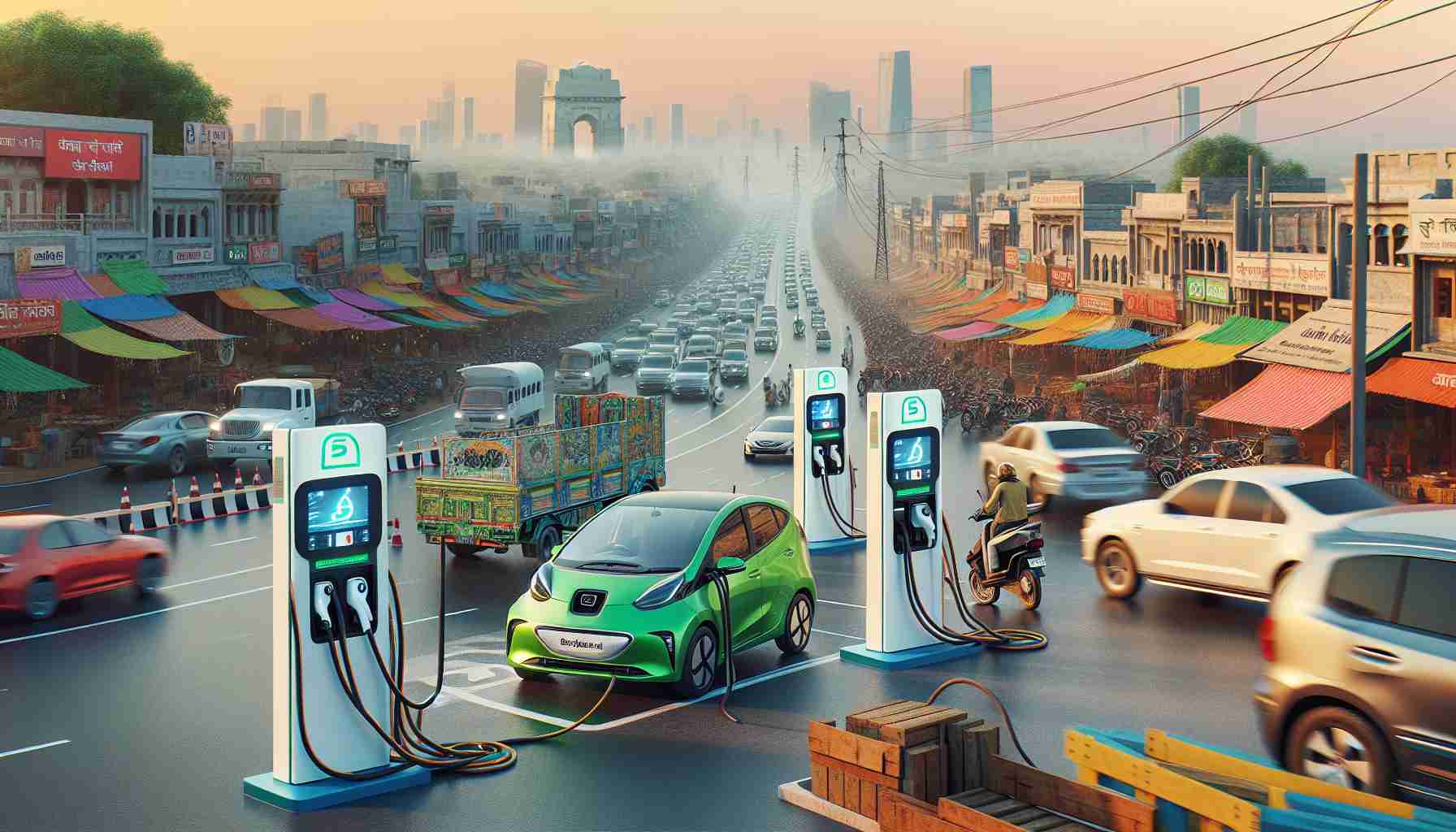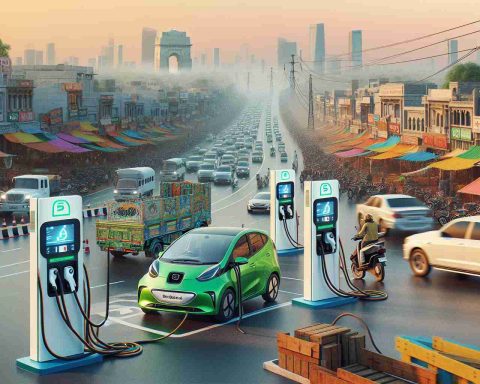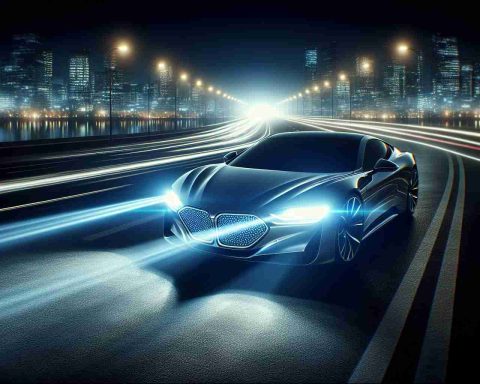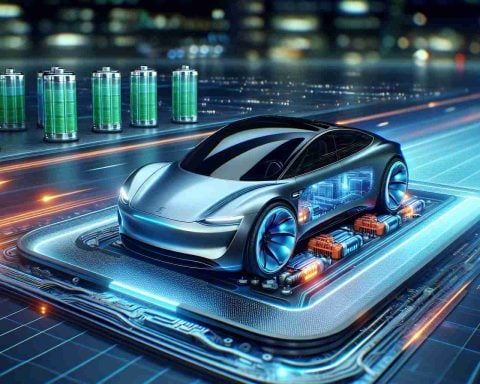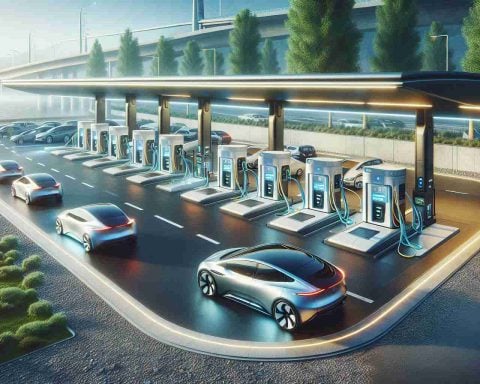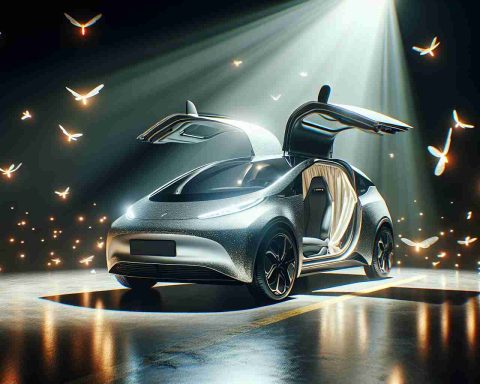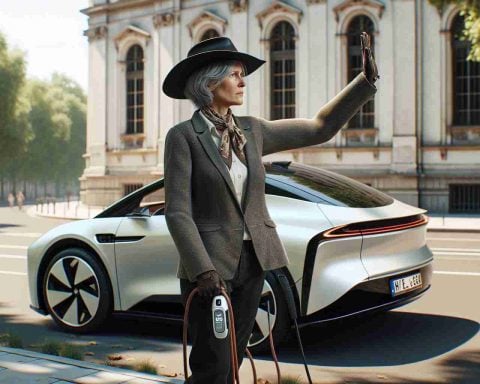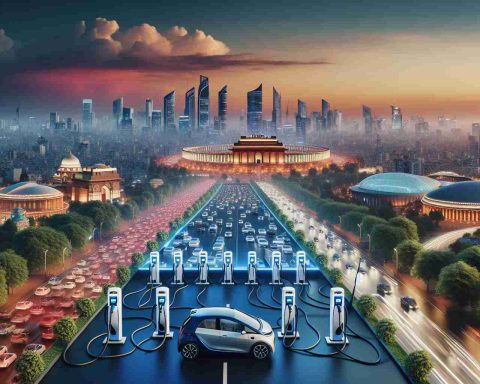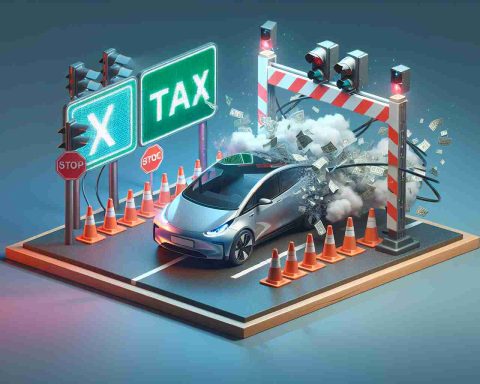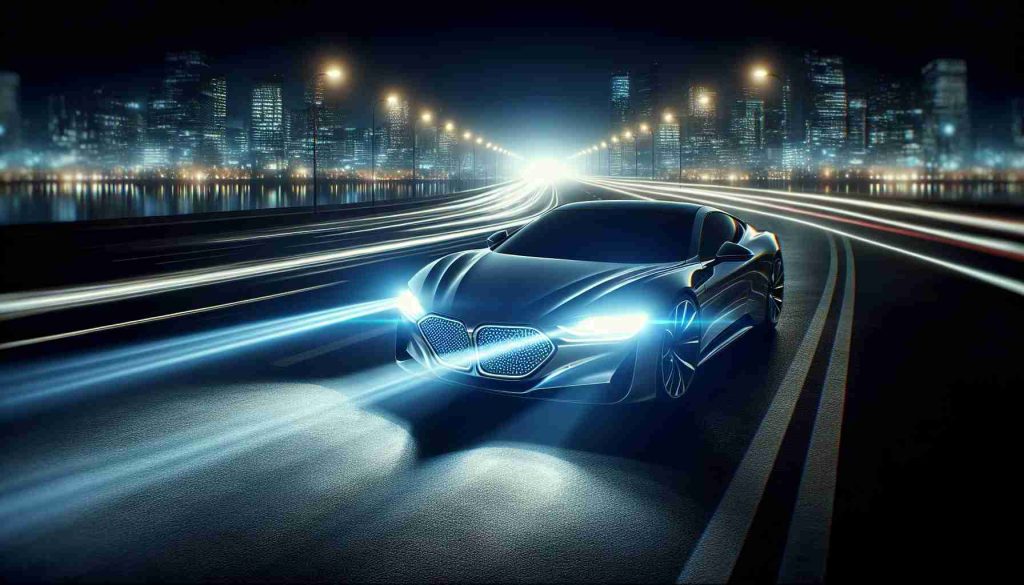- Jio-bp, a collaboration between Reliance Industries and BP, plans to install 30,000 EV charging points across India by 2030.
- The initiative aims to alleviate “range anxiety” for EV users and is supported by the PM E-DRIVE scheme’s INR 2,000 crore fund.
- Currently, Jio-bp operates 500 charging stations with 5,000 charging points, paving the way for future expansion.
- Electric two-wheelers have surpassed a 5% adoption rate in India, a key threshold that can lead to rapid EV adoption.
- Tata Motors plans to introduce 4 lakh EV charging points by 2027, aligning with India’s growing EV market goals.
- India is set to become a $110.74 billion EV market by 2029, boosted by subsidies, cost reductions, and extensive charging infrastructure.
The sun-drenched plazas of India’s bustling malls and serene residential societies are on the brink of an electrifying transformation. Jio-bp, a brainchild of Reliance Industries and BP, plans to install over 30,000 EV charging points across India by 2030. Picture this: A sleek electric car recharges at a sunlit corner of a hotel’s parking lot, powered by a grid of solar panels overhead.
As whispers of this development circulate, a green wave rides through the cityscapes, promising to ameliorate the notorious “range anxiety” that haunts EV enthusiasts. The initiative aims to tap into the INR 2,000 crore fund from the PM E-DRIVE scheme, aligning its strategy with governmental support to strengthen the EV infrastructure. Currently, Jio-bp operates 500 charging stations, home to 5,000 charging points — a mere prologue to its futuristic aspirations.
India’s EV landscape flickers with promise as electric two-wheelers zip past the crucial 5% adoption threshold, signifying a nascent yet promising shift towards mass acceptance. Yet, the adoption of electric four-wheelers lags, but optimism runs high. Historic data globally suggests that once a 5% threshold is breached, EV adoption accelerates rapidly — a trend Jio-bp eagerly anticipates for India.
Poised in the charging lanes is Tata Motors, ready to usher in 4 lakh EV charging points by 2027. Such moves synch with India’s ambitions to morph into a $110.74 billion EV market by 2029, riding on subsidies, cost declines, and an expansive web of charging stations.
India stands at the precipice of an EV revolution, bolstered by corporate juggernauts and government support. A cleaner, greener future accelerates on the horizon.
India’s EV Boom: A Glimpse Into the Future of Charging Infrastructure
How-To Steps & Life Hacks: Effective Use of EV Charging Points
1. Plan Your Route: Use apps like PlugShare or AtherGrid to map out available charging stations along your route, minimizing downtime.
2. Optimize Charging Time: Charge during off-peak hours if possible, as many stations offer lower rates, reducing costs.
3. Regular Maintenance: Keep your EV’s software updated for optimal battery management and efficiency.
4. Home Setup: Install a home charging unit if possible. Brands like Tata Power offer reliable home solutions, simplifying your daily routine.
Real-World Use Cases
– Urban Commutes: With an expected network of 30,000 charging points by 2030, urban dwellers will find EVs increasingly practical for daily errands and work commutes.
– Tourism and Hospitality: Hotels can attract eco-conscious travelers by offering EV charging points, enhancing their green credentials.
Market Forecasts & Industry Trends
– Growth Projections: India’s EV market is set to grow to $110.74 billion by 2029. Factors contributing include governmental subsidies and advancements in battery technology.
– Vehicle Trends: Expect an uptick in the integration of electric two-wheelers and commercial vehicles into daily use.
Reviews & Comparisons
– Charging Networks: Jio-bp’s initiative competes with Tata Power and AtherGrid, known for their well-established networks. Jio-bp’s focus on solar-powered stations could give it an edge in sustainability.
– EV Models: Tata Motors’ EVs are popular for their range and affordability, while international brands like Tesla focus on premium segments with advanced features.
Controversies & Limitations
– Infrastructure Gaps: While urban areas benefit, rural regions still face challenges in accessing charging networks.
– Environmental Concerns: The production of EV batteries poses environmental risks, fueling debates about their overall sustainability.
Features, Specs & Pricing
– Typical Charging Speeds: Fast chargers can deliver up to 80% charge in 30-60 minutes, depending on the vehicle.
– Costs: Pricing varies by region and provider, with incentives available for installing home charging units.
Security & Sustainability
– Solar Integration: Jio-bp’s solar-powered stations enhance grid resilience and support renewable energy use.
– Data Privacy: Users should ensure chargers comply with data protection regulations, safeguarding personal and payment information.
Insights & Predictions
– Adoption Rates: EV adoption will likely quicken past the 5% mark, driven by improved infrastructure and falling vehicle prices.
– Corporate Moves: Competitors may blend conventional and renewable energy sources to remain competitive.
Pros & Cons Overview
Pros:
– Sustainable and eco-friendly
– Government and corporate support enhances growth
– Cheaper operational costs compared to traditional vehicles
Cons:
– Limited rural infrastructure
– Battery production environmental concerns
– Initial high investment for some users
Actionable Recommendations
– For Consumers: Consider purchasing an EV soon to capitalize on current subsidies and long-term savings.
– For Businesses: Invest in charging stations to attract a growing customer base of EV users.
– For Policymakers: Encourage rural EV infrastructure development to ensure inclusive growth.
By embracing these insights and strategies, India is poised to lead the charge in the global EV movement.
For more information on India’s electric vehicle initiatives, you can visit tata motors and hindustan times.
